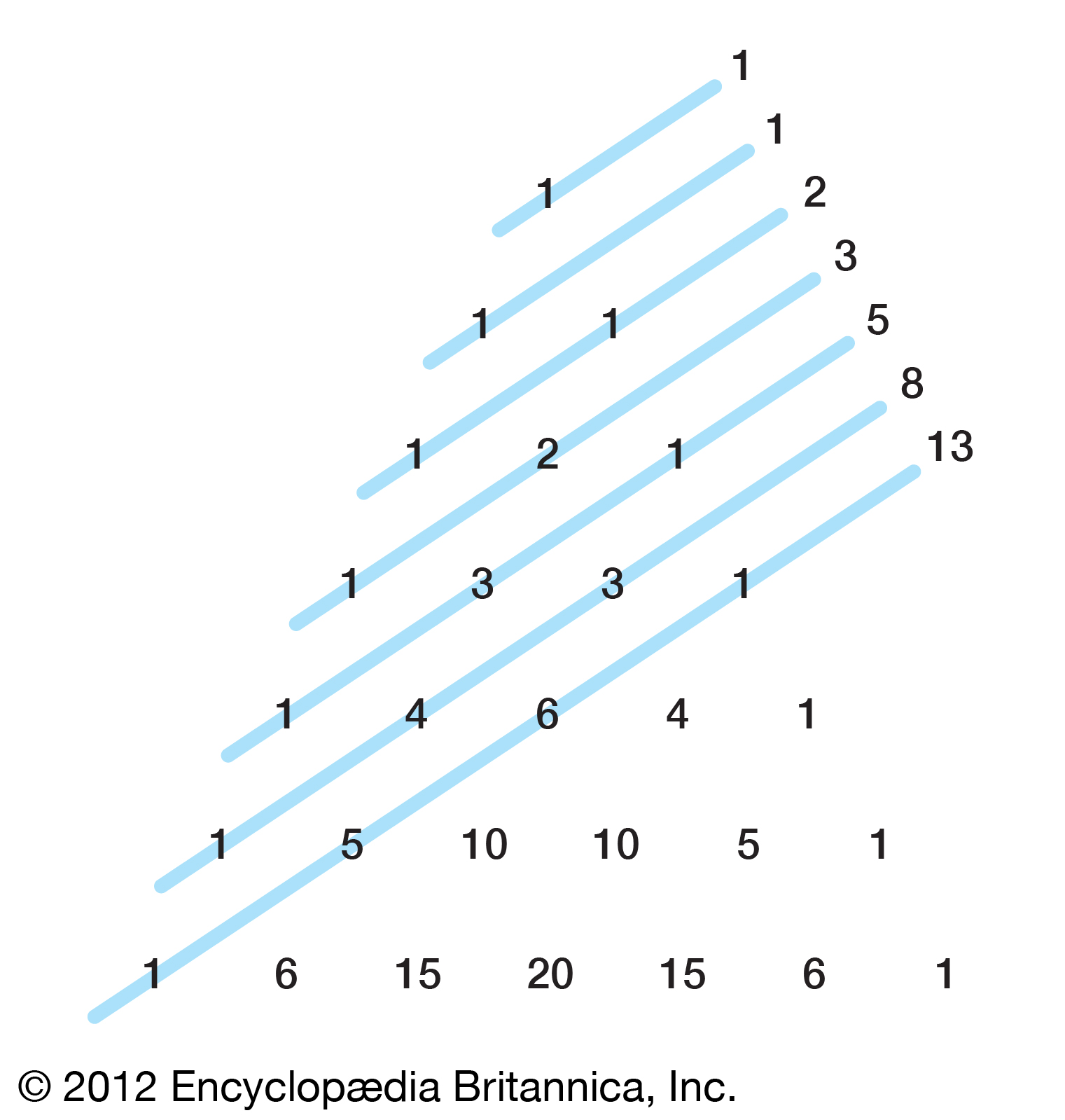


A phylogenetic tree of some animals you may be familiar with.
FIBONACCI PATTERN HOW TO
For more information on how to interpret a phylogenetic tree please refer to University of California Berkeley’s website. They are constructed using the similarities and differences in genetic, anatomical, and physiological information. Phylogenetic trees are representations that show the evolutionary relationship between organisms. Let’s look at a phylogenetic tree to compare the different species in the X-ray analysis. A reason for some of these similarities is that some organisms are more closely related evolutionarily, meaning that they share a more recent common ancestor. There are many different hands found in nature that are all so different, but clearly some are more similar to one another than others. The bones are just in different size proportions, and may perform a different function for that organism. The best part of looking at all of these X-rays is that you can see that all animals, even ones that aren’t primates or mammals, have the exact same bones in the exact same order. Most primates are great graspers as well and are evolutionarily related to humans. Our baby fingers measure closest to a Fibonacci sequence. The phalanges in humans hands are sized similarly to a Fibonacci sequence, and our hands can grasp objects well. If it is determined that the animal’s hand would not be a good grasping hand, a group discussion should follow as to what that hand could be used.Ĭlick the images below to access PDFs of X-rays for printing and measurement: The goal is to measure and predict whether the X-ray of the given organism’s hand would be a good grasping hand. Use this Analyzing Forelimbs of Various Animals worksheet for directions and as a place to record your results.

Models are all great and dandy, but is the Fibonacci sequence actually visible in the “hands” of other animals? Let’s take a look at how animals bones match up to the Fibonacci sequence.įor each hand, measure the length of each of the bones of the index finger (three total) and the metacarpal/carpal combo (4th measurement) for each species hand. Edmark’s structures curl beautifully in on themselves. If you put rigid pieces of wood, measured in lengths of several successive Fibonacci sequence numbers together end to end in this pattern, you will see the additive effect observed in the video where Dr. You can find Phi in the above Fibonacci example: 315 / 195 = 1.615. The ratio of the bigger number divided by the smaller number, that always equals 1.6, is denoted by the Greek letter Phi (Φ) and is called the Golden Ratio. To find the next number in this sequence (Fn), you can add 120 (that’s the n-2) to the 195 (the n-1) to get 315 (the Fn). For any Fibonacci sequence, Fn will always be equal to (n-1) + (n-2).įor example, let’s look at a Fibonacci sequence starting with 75, 120, 195. Let’s define Fn as any number in the sequence, and then define (n-1) as the number positioned just before Fn, and (n-2) as the number two positions before Fn in the sequence. If you select any three numbers in a row from a Fibonacci sequence, you’ll find the same pattern. You can repeat this process to generate an infinitely long Fibonacci sequence. To determine the next number in the sequence, you simply sum together the previous two numbers. This ratio is called the golden ratio.įor example, the following numbers are a Fibonacci sequence: 3, 5, 8,13, 21, 34, 55, etc. If these two segments are in a Fibonacci sequence, the bigger piece divided by the smaller piece will be approximately 1.618.Īlso, if you take A’s length and add it to B’s length, then divide by A’s length, you will get the same number: 1.618. Let’s say you have two segments of a specific length, A and B, where A is bigger than B. The Fibonacci sequence is named after Leonardo Fibonacci, an Italian mathematician who wrote about the pattern in his journals as he observed how rabbits reproduce. The pattern described in the video is called the Fibonacci sequence. Where did he say that it appears? Can you think of other places where it might appear? John Edmark talked about the golden ratio appearing in nature.


 0 kommentar(er)
0 kommentar(er)
